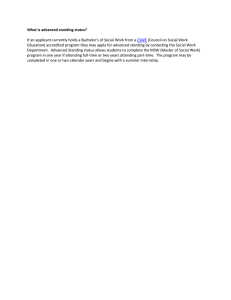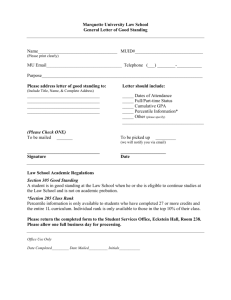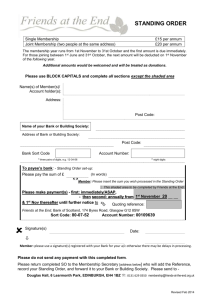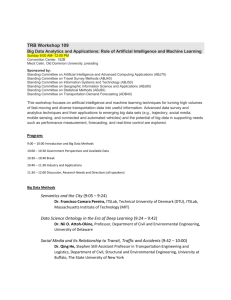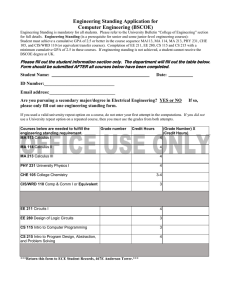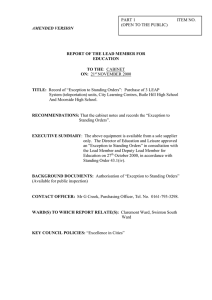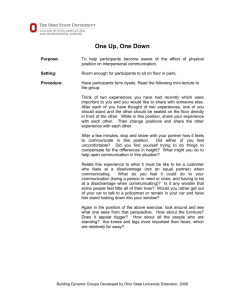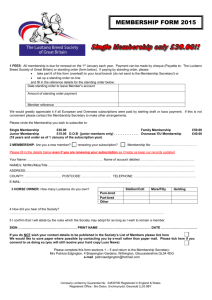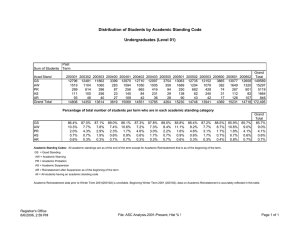Key to Writing Policies and Procedures Part 1
advertisement
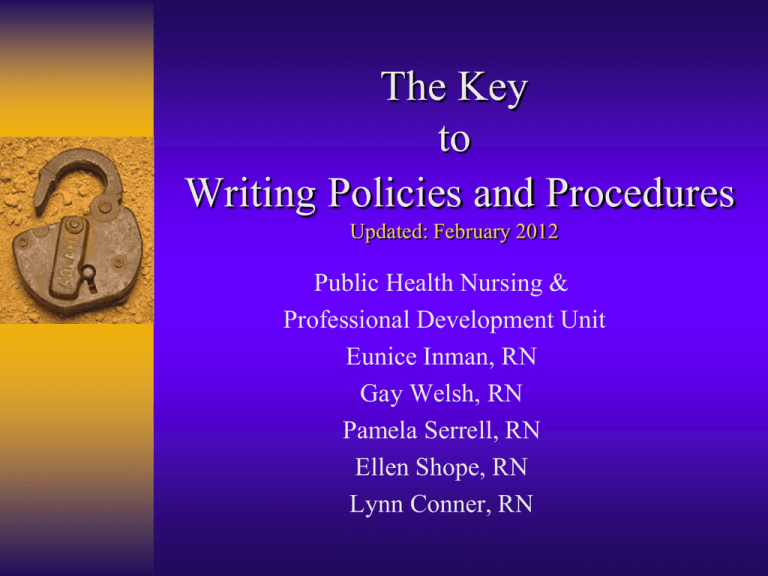
The Key to Writing Policies and Procedures Updated: February 2012 Public Health Nursing & Professional Development Unit Eunice Inman, RN Gay Welsh, RN Pamela Serrell, RN Ellen Shope, RN Lynn Conner, RN Objectives: Part I Define the differences between policies, procedures and standing orders List the content of a policy, procedure and a standing order Define tips on technical writing for policies and procedures Identify resources for writing policies and procedures Definition = Policy A course of action adopted by and pursued by an agency that guides and determines present and future decisions and actions. Policies indicate the general course or direction of an organization within which the activities of the personnel must operate. (The American Correctional Association) Definition = Policy It is a tool that helps employees attain agency goals - “what” and “why” of the goal or intent of the agency. Definition = Procedures The detailed and sequential actions that must be executed to ensure that a policy is implemented. It is the method of performing an operation or a manner of proceeding on a course of action. Definition = Procedures It differs from a policy in that it directs action required to perform a specific task within the guidelines of the policy. (The American Correctional Association) Describes the “how, who, when or where” through which policies are carried out. Definition = Standing Orders “Standing Orders” (SO) are defined as, “the signed instructions of a physician which outline the medical assessment, appropriate testing and treatment that a clinician may perform or deliver on behalf of the physician.” SO serve to standardize the clinical care practiced by all clinicians. Definition = Standing Orders SO provide the framework to assess and treat diseases while practicing in LHDs. SO allow RNs to determine, based on parameters identified in the SO whether a specified condition exists, thus indicating the need to execute the order. Definition = Standing Orders SO may NOT call for the RN to discriminate assessment findings beyond the level of normal vs. abnormal. Reasons for Policies & Procedures Translate mission statement into practical terms Shapes the behavior of personnel providing consistency in agency practice Protects patients and employees Supports accreditation Provides legal protection Contents of Policies Header contains: Title Policy Category and/or Number Approved By Effective Date Revised Date Affected Program Area(s) Contents of Policies Purpose Statement = Scope states the “why” Definition(s) = clarifies/standardizes terms Responsibilities = “who” does it Policy/Procedure = “what” shall be done Legal Authority = applicable laws/rules Reference Policies/Procedures = other policies/procedures with similar content Contents of Procedures Subject Objective or purpose of the procedure Equipment needed Responsible person Patient preparation and teaching Action steps Contents of Procedures Documentation Referral and follow-up Additional information Legal, ethical considerations Appendices Note: Components may vary depending on the type and nature of the procedure Tips for Writing P & P 1.Use active voice, present tense 2.Clearly identify the level of priority 3.Use standard word order - subject-verbobject 4.Be consistent 5.Use short words and acronyms 6.Use common words Tips for Writing P & P 8. Use short sentences and paragraphs 9. Use lists 10. Use few words and avoid redundancies 11. Watch out for problem words and jargon 12. Remember the rules for readability Template TITLE: POLICY NUMBER: APPROVED BY: PROGRAM AREA: EFFECTIVE DATE: REVISED DATE: PURPOSE STATEMENT OF POLICY/PROCEDURE DEFINITIONS RESPONSIBILITIES POLICY/PROCEDURE LEGAL AUTHORITY REFERENCE POLICIES/PROCEDURES
